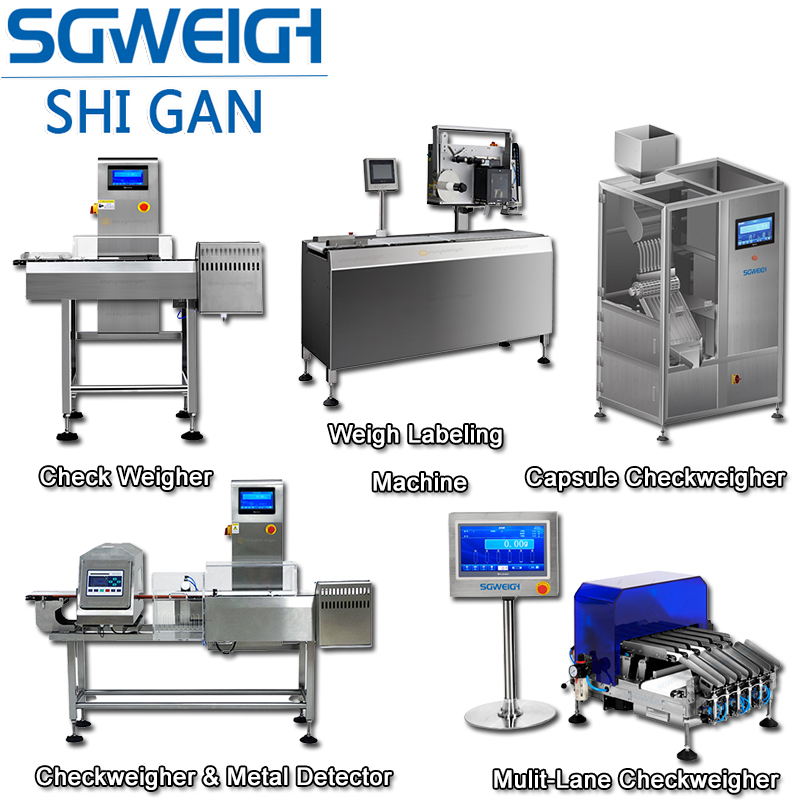Checkweighers are industrial devices used to verify the weight of products during the manufacturing or packaging process.They play a crucial role in quality control and ensuring that products meet specified weight criteria. The connectivity of a checkweigher to other devices depends on the specific model and its features.

Here are some common ways checkweighers connect to other devices:
PLC (Programmable Logic Controller): Checkweighers often interface with a PLC,which is a digital computer used for automation of electromechanical processes.The PLC can receive weight data from the checkweigher and make decisions or send signals to other equipment based on this information.
Communication Protocols: Checkweighers typically support various communication protocols to connect with other devices.Common protocols include Modbus,Profibus,Ethernet/IP,and DeviceNet. These protocols allow for seamless integration with other industrial equipment and systems.
Ethernet or RS-232/RS-485 Serial Communication: Many checkweighers come equipped with Ethernet ports or serial communication ports (RS-232 or RS-485) to connect to other devices,such as computers, printers, or data logging systems.Ethernet is commonly used for high-speed communication,while serial communication is often used for more straightforward connections.
Data Logging Systems: Checkweighers may be connected to data logging systems to record and store weight data for analysis and traceability.This could include batch records,production reports,and other relevant information.
HMI (Human-Machine Interface):Checkweighers often have a user interface,either integrated or external,that allows operators to monitor and control the device.The HMI may also facilitate connectivity with other devices for configuration and data retrieval.
Integration with Production Lines: Checkweighers are often part of a larger production line,and they need to coordinate with other equipment. Integration can involve sensors,conveyors, filling machines,and more, allowing for a seamless and automated production process.
Printers and Labelers:In applications where weight data needs to be included on product labels,checkweighers can be connected to printers and labelers.This ensures that the correct weight information is displayed on the product packaging.
SCADA (Supervisory Control and Data Acquisition) Systems:In larger industrial setups, checkweighers may be integrated into SCADA systems,providing real-time monitoring and control capabilities.

The specific connections will depend on the manufacturer and model of the checkweigher,as well as the requirements of the production process in which it is used.Always refer to the manufacturer's documentation for accurate information on connectivity options and compatibility with other devices.